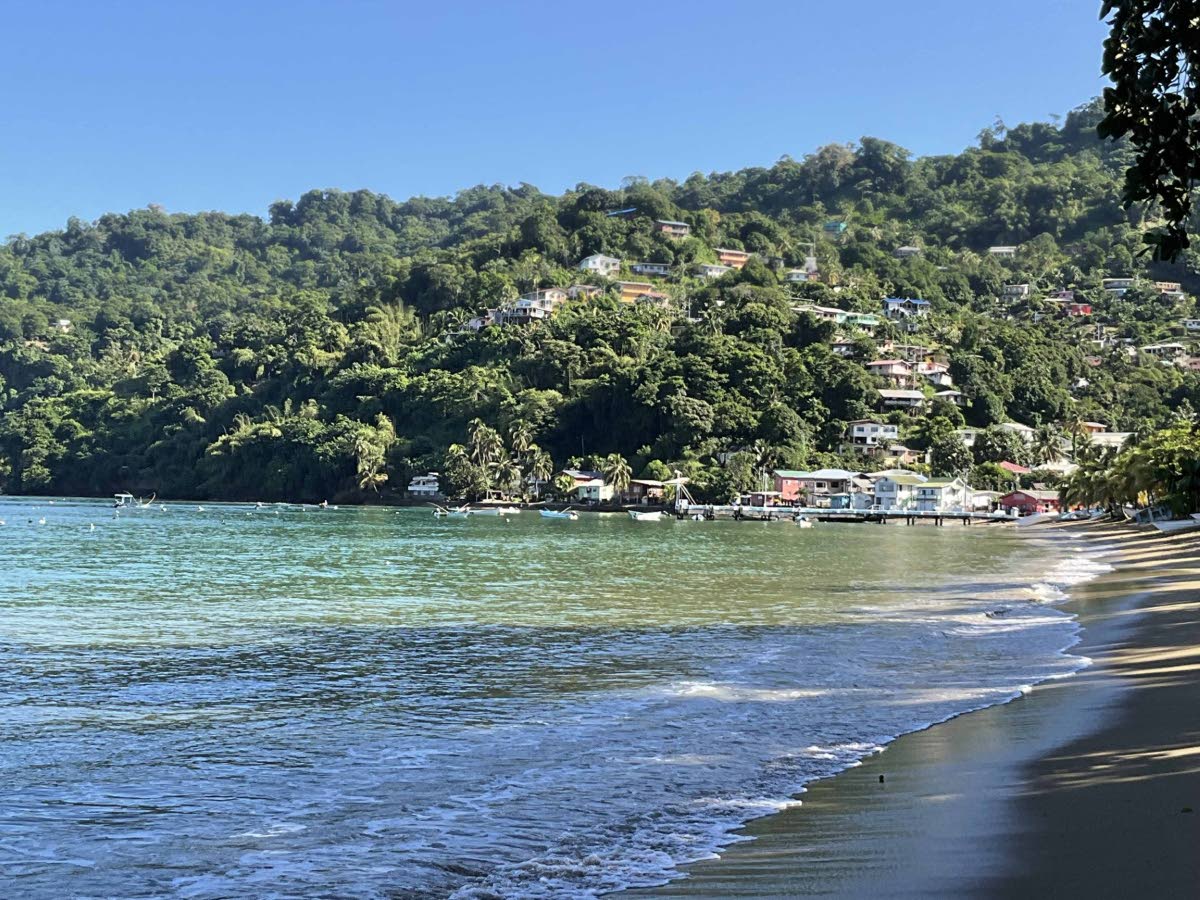The Treaty of Paris in 1763 marked a significant moment for British control over Tobago, yet the aftermath was far from peaceful. The British administration faced immediate challenges, as France, though subdued at the negotiation table, harbored intentions to reclaim the island. Recognizing the precariousness of their position, the British prioritized security, understanding that their survival hinged on robust defenses. Their initial strategy involved increasing the British landowning population to bolster loyalty and defense against potential French incursions. However, this plan faltered, as the number of resident British landowners remained insufficient. The administration also established a militia to counter external threats, including French privateers and pirates, as well as internal resistance from the growing enslaved population. Despite these efforts, the island’s vulnerability persisted, particularly due to its numerous bays, which served as entry points for slavers and hideouts for pirates. The British sought to enhance security by appointing military ranks to defend the bays, but this proved inadequate given the limited human resources. Simultaneously, the administration focused on land division, creating plantations but neglecting essential infrastructure like roads. This oversight was later addressed through the imposition of a land tax and the enlistment of enslaved laborers for road construction. The ambitious plan aimed to connect the island’s parishes and improve communication, but progress was slow and hampered by resistance from enslaved Africans and the limited availability of qualified white men. Ultimately, the British administration’s inability to fortify Tobago’s defenses and establish effective communication networks left the island vulnerable. In 1781, France capitalized on these weaknesses, recapturing Tobago and dealing a significant blow to the British planting community.
